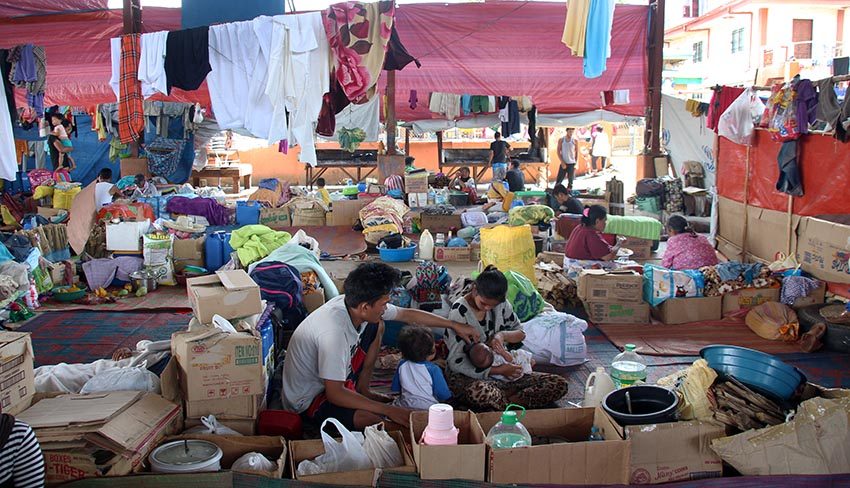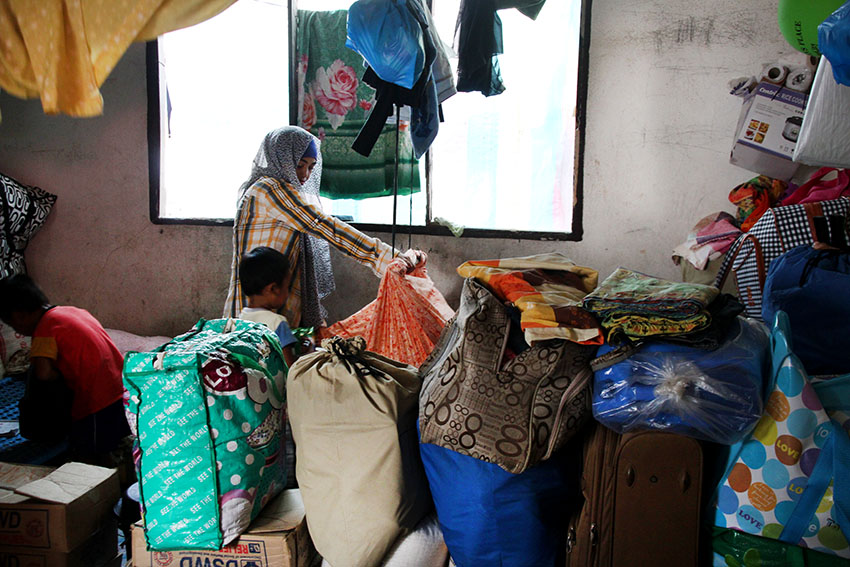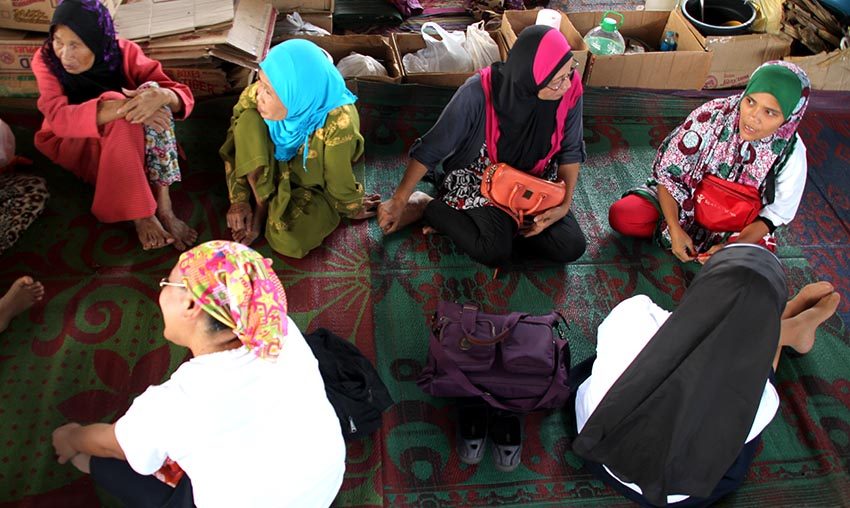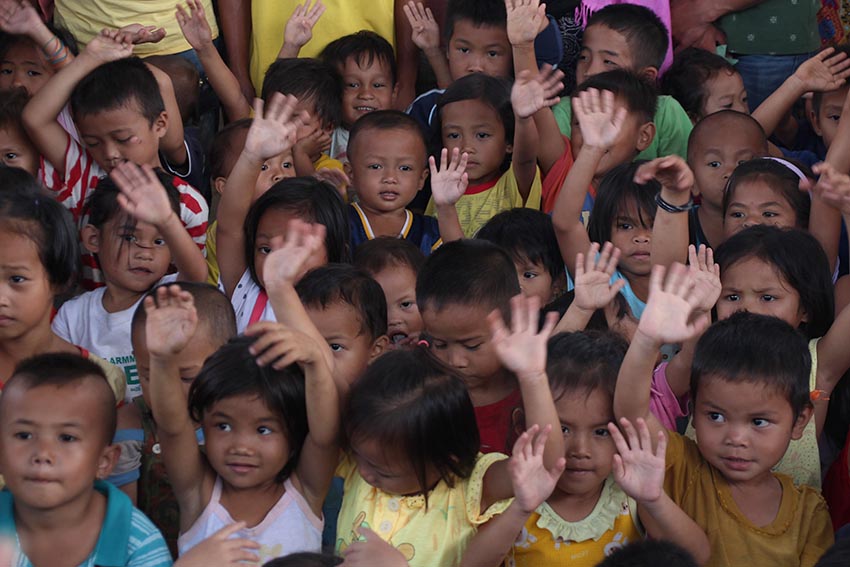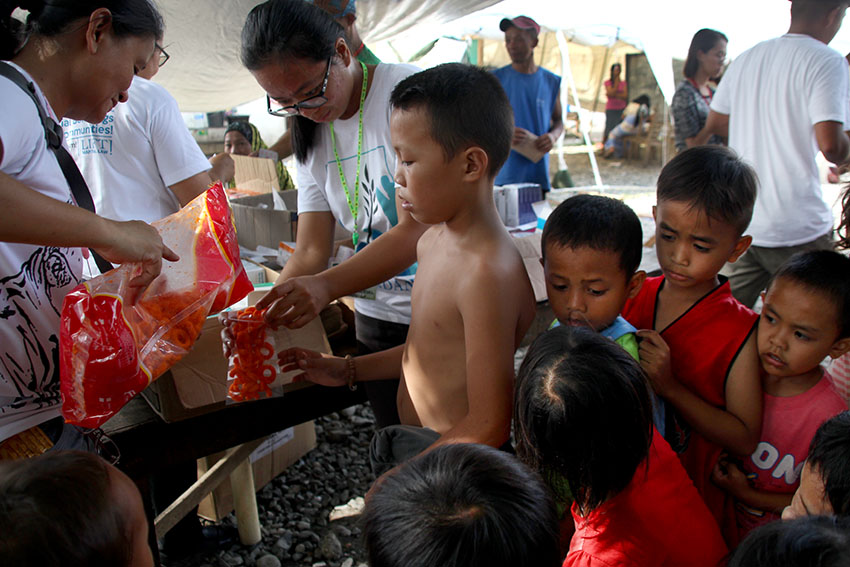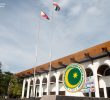CAGAYAN DE ORO CITY, Philippines — When the fighting broke out two months ago, many of Marawi’s residents refused to give up their homes, certain that the military would be able to handle the Maute — a previously small, ragtag band of extremists who pledged allegiance to the ISIS by occupying an abandoned municipal hall in nearby Butig town.
Many of them stayed in their homes, choosing only to witness the occupation of the rebels through their own windows, confident that it would all be over. It would not take long before the government’s soldiers — bolstered by the President’s declaration of Martial Law in the whole island of Mindanao, flush the terrorists out.
Two months later, however, with air strikes still pummeling the remaining pockets of resistance in the city, the horrors of the war are taking toll on the hundreds of thousands of evacuees scattered in the surrounding towns and cities.
Among the problems in evacuation centers are overcrowding, the intermittent delivery of relief goods, and the rise of diseases brought about by lack of proper facilities for hygiene.
In a makeshift evacuation center in Barangay Tomas Cabili, Iligan City, a total of 500 families’ only source of water is a faucet located at the back of a Madrasah school. Space and humidity is a major problem, with four to five families sharing a 3 x 4 ft rooms as their sleeping quarters.
In an evacuation center in Pantar, which houses at least 300 individuals, the only source of water is a fire truck, which rations water two to three times week.
These problems gave way to a rise of diseases amongst the evacuees, in particular the elderly and the newborns.
According to data by the National Interfaith Humanitarian Mission– a humanitarian mission carried out by peace advocates, the most prevalent form of sickness are colds and coughs, which are easy enough to treat for adults, but are a serious problem for newborns, whose immune systems have not yet developed.
Skin and gastric ailments are also very common, given the scarcity of facilities for hygiene in the evacuation centers.
“A doctor advised me to keep her free from sweat. But what can we do? It’s always hot in here,” said Amer Maca-antal Ali, father of 4-month old Shahn, both evacuees in Iligan City.
The problems do not stop there, as evacuees also complain of human rights violations committed by authorities attempting to weed out possible Maute sympathizers among them.
One Arafat Lala was arrested by authorities on grounds that he was a Maute member. However, his wife, and several other evacuees claim the opposite. Arafat, they said was an active volunteer at the evacuation center.
Many are demanding an end to the war and martial law, both of which have caused damages to lives and property.
Not all is bad, however, as relief goods both from the government and humanitarian groups have poured in.
On July 27 to 28, the National Interfaith Humanitarian Mission led by Kalinaw Mindanao, a network of volunteers formed during former President Joseph Estrada’s all out war with the Moro Islamic Liberation Front in 2002, distributed relief packs and conducted medical missions in several evacuation centers.
The mission also facilitated psychosocial intervention sessions with the young children who faced the brunt of the war.
After two days, the mission folded its tents and packed up, but the missioners promise to return with more aid.
“Government and non-government units should continue providing humanitarian aid because of the difficulties of the survivors in finding livelihood alternatives while in the evacuation centers,” the National Interfaith Humanitarian Mission said in a statement. (davaotoday.com)


